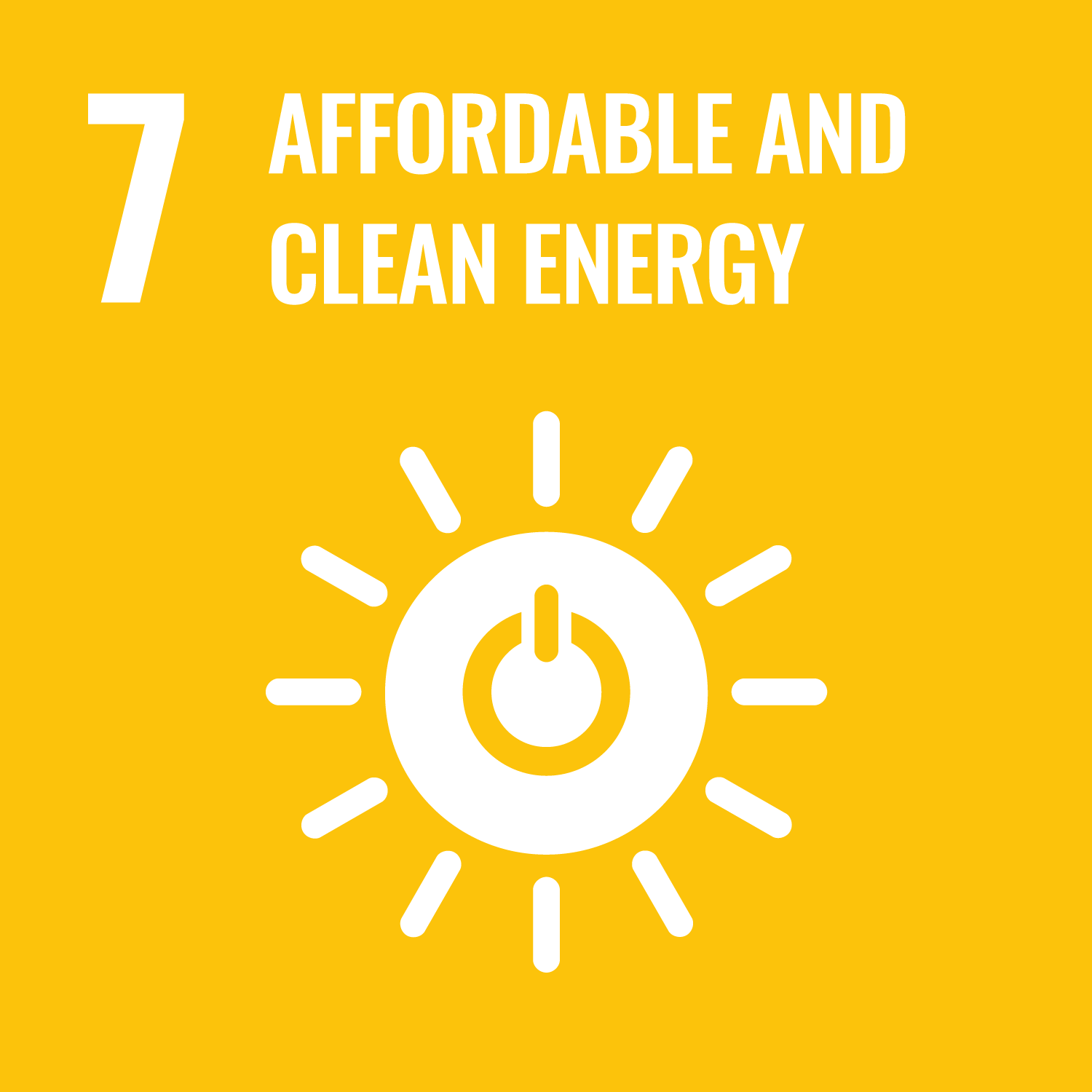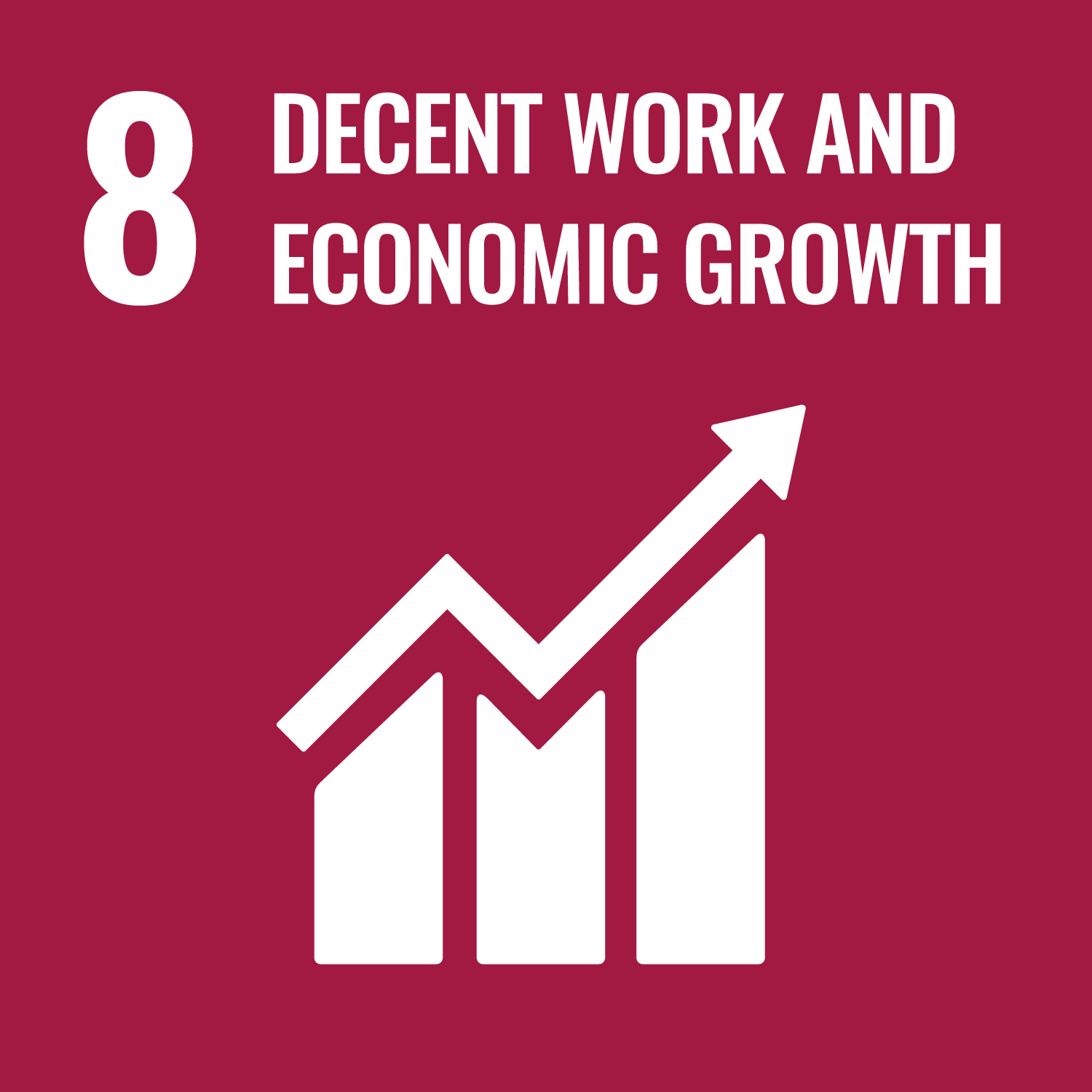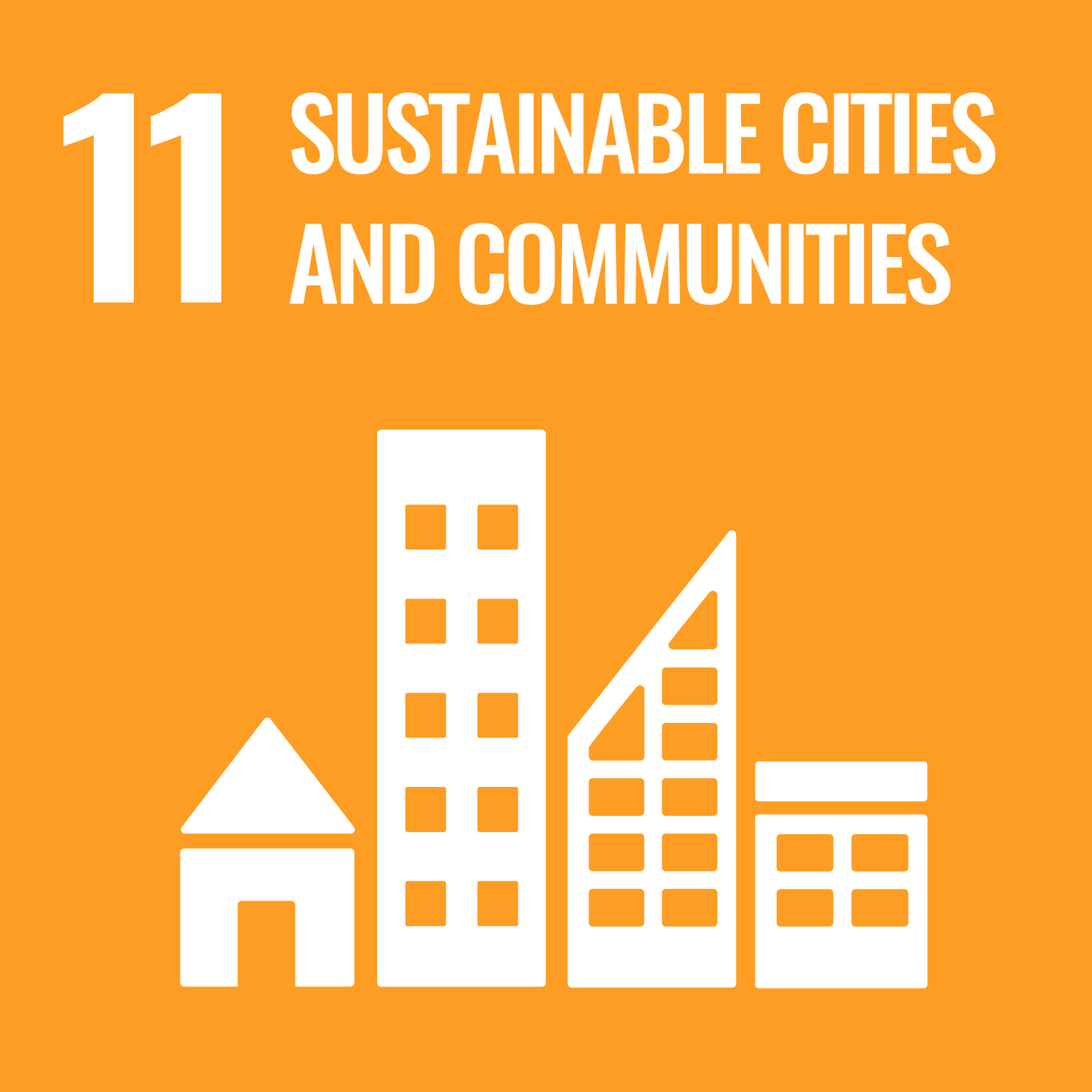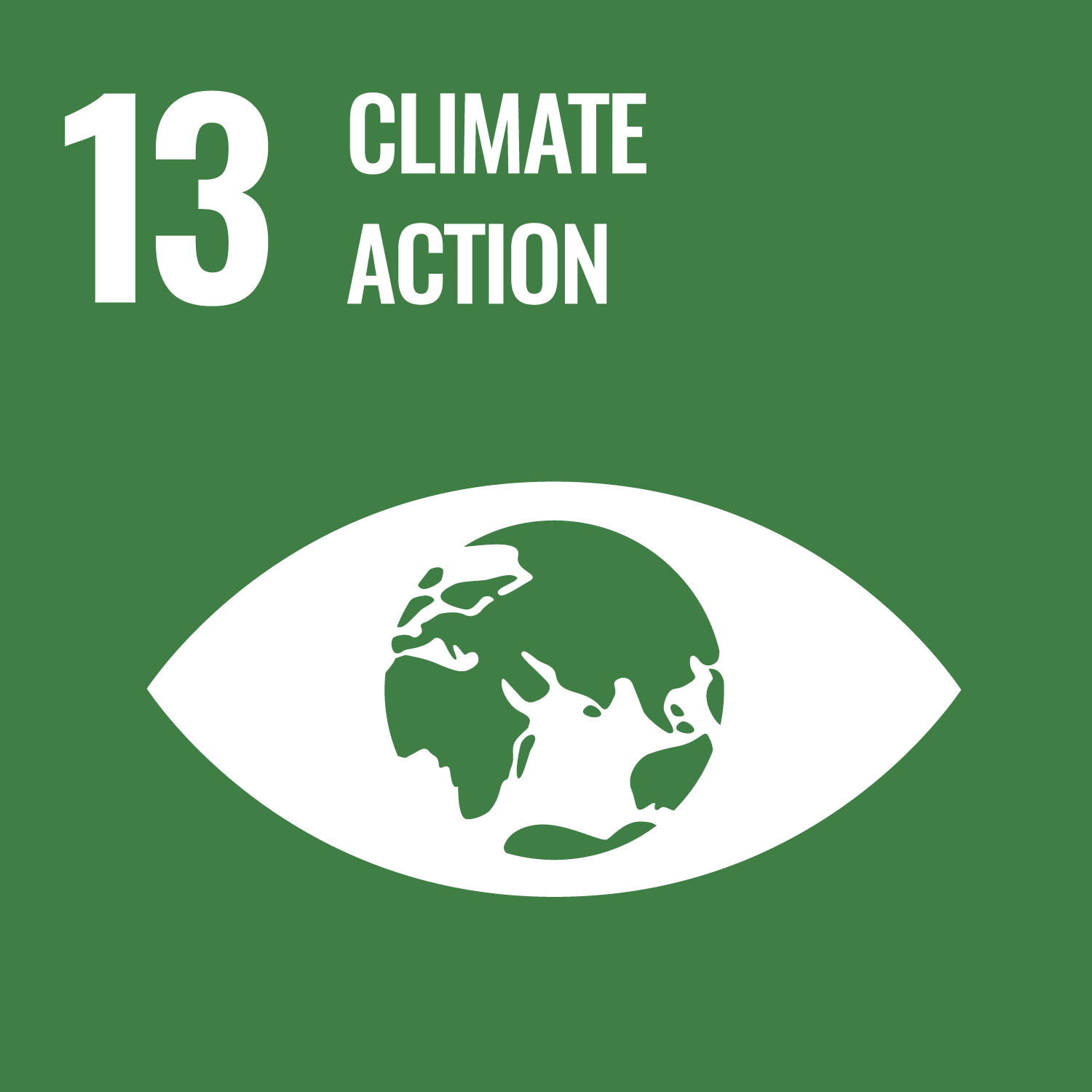Materiality and Commitment
to the SDGs
- Home
- ESG Policy and Management System
- Materiality and Commitment to the SDGs
Materiality
Materiality Assessment
Every two years, starting in 2013, Prologis has completed a materiality assessment. In our 2019 assessment, we engaged internal and external stakeholders to ensure a broad range of perspectives to inform our understanding of Prologis’ impacts on the economy, environment and society.
Four material topics emerged from our 2019 biennial materiality assessment: Emissions, Energy, Local Communities and Indirect Economic Impacts.
Prologis’ materiality assessment was conducted based on GRI standards and evaluates the importance of Prologis' business on the economy, the environment, society and other stakeholders. For each material topic, boundaries are defined by two factors: (1) where the impacts occur and (2) the organization’s involvement with the impacts. We manage our material topics through commitments and organizational memberships, stakeholder engagement, internal HR, ethics and sustainability policies, goal setting, and instilling in our employees a sense of personal and professional responsibility to the communities where they live and work. We will conduct our next materiality assessment in 2021.
Prologis continues to incorporate other investor-focused standards into its operations and disclosures for materially important metrics tied to our ESG program, such as those provided by the Sustainability Accounting Standards Board (SASB), the Task Force on Climate-related Financial Disclosures (TCFD) and the Principles for Responsible Investment (PRI). The material topics we identified in 2019 generally align with three of the four material topics suggested by SASB for the real estate industry: energy management, management of tenant sustainability impacts and climate change adaptation.
In addition to the materiality assessment described in this section, the Prologis board conducts consistent and recurring enterprise risk assessments. These assessments cover many key governance issues for the company and drive strategies to ensure we meet requirements and act responsibly. Risk and governance items identified in the enterprise risk assessment align with material topics identified in the materiality assessment.
Alignments with SDGs
Initiatives and Progress
Prologis’ ESG program is guided by ambitious goals and targets that advance our business imperative. Our goals demonstrate our industry leadership to customers and investors by aligning with them in pursuit of initiatives, such as the UN Sustainable Development Goals (SDGs), which are committed to overcoming global ESG challenges.
NPR and Prologis Japan’s commitment to the SDGs
In 2019, Prologis Japan set up its targets as below and each department/functional teams collaborate to achieve these goals.
| SDGs | KPIs | Progress |
|---|---|---|
 |
LED Lighting NPR: 80% of LED Lighting across our operating (1) by 2022 (NPR) |
59.0% in 2020 (2) 71.0% in 2021 (3) |
| Photovoltaics NPR: 45 MW solar installation by 2022 (NPR) |
40.3MW in 2020 (5) 42.5MW in 2021 (3) |
|
| Green Lease NPR: 70% of total number of lease agreement will be Green Lease by end of 2026 (NPR) |
20.9% in 2020 (4) 26.5% in 2021 (6) |
|
 |
Generating employment by developing large scale distribution facilities on unused land (Prologis Japan) | The value of goods (throughput) transiting through Prologis warehouse: $98B in 2018 (4) |
 |
95% or more Eligible Green Projects by 2021 (NPR) | Achieved in 2021 97.9% (3) |
| 100% of new development projects with CASBEE B+ or above certification (Prologis Japan) | 100% in 2020 (4) | |
 |
Ensuring all our buildings have business continuity features enabling our customers to continue their business in case of natural disasters (Prologis Japan) | 100% in 2020 (4) |
| Work with local authorities to designate our buildings as “evacuation centers” in case of natural disasters (Prologis Japan) | 2 agreements in 2020 (4) | |
 |
Accelerate new development to the area where customers’ employees could commute via train, public transportation or Prologis’ shuttle bus, etc. (Prologis Japan) | Prologis Urban Completion 2 in 2020 (4) |
- Total floor basis
- As of November 30, 2020
- As of May 31, 2021
- As of December 31, 2020
- As of June 30, 2021
- As of March 31, 2021
- Acquisition price basis
 ESG
ESG